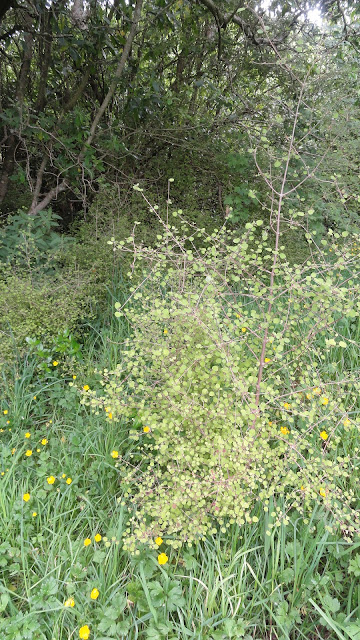 |
| The short jetty at Governors Bay, 1909 (Canterbury Museum) |
The ‘long’ jetty in Governors Bay
began life as a short jetty, constructed by Hollis and Williams in 1883 for
£242. However by 1910 the future of the short jetty was in doubt. The
Christchurch Press reported that the Lyttelton Harbour Board had decided, as an
economy measure, to close the ‘upper wharf’ at Governors Bay.
A petition opposing closure was signed
by most Bay residents and a deputation presented the petition to the Harbour
Board deputy-chairman. Arguments in favour of the ‘upper wharf’ included its
accessibility by road, making it much handier for visitors and less expensive
for commerce than the ‘lower jetty’ at the north-east end of the bay (Perceval’s
or Sandy Bay Point). The deputation indicated that residents not only wanted to
retain the upper wharf but that they also wanted to lengthen it and dredge an
approaching channel. The costs would be covered by a toll levied on visitors
using the jetty. An extension to combat
harbour silting was built in 1915 and another to produce the ‘long jetty’ we
are all familiar with, in 1927. At the time of the 1915 extension, Eddie
Radcliffe was going to school in Governors Bay. After school the children would
rush down the jetty where there was a trolley on railway lines that transported
materials to the construction end. The workmen would allow the children to get
into the trolley and push themselves up and down the jetty!
 |
| Steam Pinnace Canterbury, 1902 (Canterbury Museum) |
Despite the tidal difficulties, access
by sea was popular with visitors. A regular steamer service ran from Lyttelton
to Governors Bay on Sundays and public holidays, carrying picnickers and
visitors to ‘The Pleasure Gardens’ at the Ocean View Hotel. Vessels on the run
included: Canterbury, Waiwera, John
Anderson, Purau and Monica. The
dimensions of the Purau give us some
idea of the nature of these steamers. She was 75ft in length with a beam of
16ft and a depth of hold 6ft 6in. Her
draught of water was 4ft 6in which made her particularly suitable for the
shallow Governors Bay run. The 35 tonne
steel John Anderson, built in
Lyttelton and launched in November 1891, was registered to take 250 passengers
on harbour excursions. Purau and Monica were still carrying passengers to
the Bay in the 1920s - but only at high tide. The long jetty was maintained by
the Lyttelton Harbour Board until the Board’s demise in 1989. It then came
under the jurisdiction of the Banks Peninsula District Council until
amalgamation with the Christchurch City Council.
 |
| Steam Pinnace Canterbury (Canterbury Museum) |
Not everyone was happy. After the
1915 extension a Christchurch resident took a walk over the hill to Governors
Bay, stopping at the “beautiful rest-house” at the summit. As he descended “one
of the first things that came into my view (completely spoiling the beauty of
the bay) was a hideous, snake-like structure, standing out in the mud.” Later
in the day he strolled to the old wharf (presumably the Sandy Bay one?) and
watched as the Purau steamed up and
“gracefully settled in the mud some two chains from the wharf, and there she
stuck for about two hours, the passengers subsequently being taken on board in
the dinghy.”
Interestingly, the ‘snake-like structure’ has become one of the
earthquake-damaged landmarks that locals most want repaired. Not because it is
of any functional value, but because it defines Governors Bay and provides a
must-walk-along experience for locals and visitors.
By the time of its final
extension in 1927 the jetty was 230 metres long. Inspections in 1993 and 1994
revealed cause for concern about its condition. Twenty new piles were driven
under the jetty in 1997. The pile driver was mounted on a flat barge made from
mussel buoys. At the sea end of the jetty the 10-metre long piles went four
metres into the silt. About a third of the work was done by local volunteers in
order to keep costs down. By May 1999, $68, 814 had been spent to bring it up
to scratch.
 |
| Winter 2011 |
With thanks to Coral Atkinson sharing her postcard collection
Press, Volume LXVI, Issue 13885, 9 November 1910, NEWS OF THE DAY, 8.
J. Nicol, Harbour Link, Issue 20, May 1999. Lachie Griffen, Our Jetty. The Bay News, March 1994, 8.
Press, Volume LIV, Issue 16233, 8 June 1918, GOVERNOR'S BAY WHARF ACCOMMODATION, 10.
























